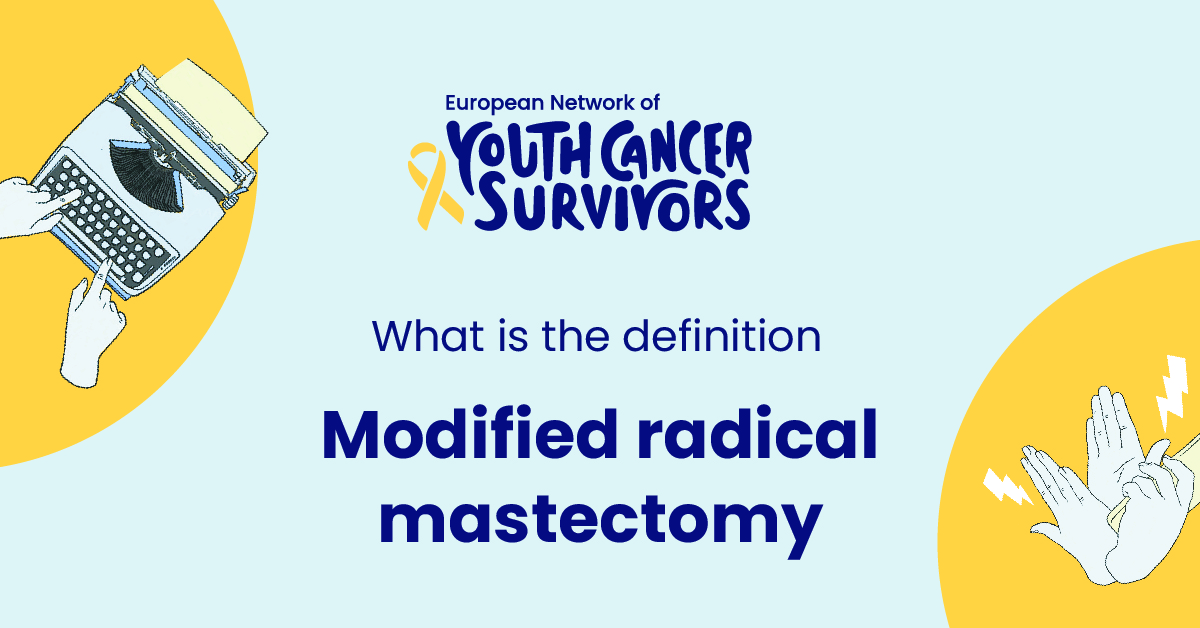
Get to know us better
If you are reading this, you are in the right place – we do not care who you are and what you do, press the button and follow discussions live

A “Modified Radical Mastectomy” refers to a surgical procedure for breast cancer treatment, where the entire breast, most underarm lymph nodes, and often the lining over the chest muscles are removed, but the chest muscles themselves are preserved. This procedure has lesser physical impact compared to a radical mastectomy, yet still offers extensive therapy for aggressive breast cancers.

Get to know us better
If you are reading this, you are in the right place – we do not care who you are and what you do, press the button and follow discussions live

The MRM holds significant benefits in treating invasive breast cancer. Removing lymph nodes, allows for an accurate assessment of cancer spread, guiding the need for further treatment like chemotherapy or radiation. Given its comprehensive approach, it might decrease the chance of cancer recurrence.
This procedure might be recommended in cases where the cancer has spread to the lymph nodes or when the tumor is large relative to breast size. It can be a part of the treatment plan for widespread non-invasive cancers or for recurrent cancer in the breast.
Like any surgical procedure, MRM carries risks including bleeding, infection, pain, and possible long-term arm swelling due to lymph node removal. The potential impact on body image and sexual health should also be considered.
Recovery post-MRM extends beyond wound healing. Patients might need physical therapy for arm movement and strength and psychological support to cope with body image changes and fierce emotions like anxiety and grief.
Potential complications include wound infection, lymphedema, and limited arm motion. These can be managed through antibiotics, lymphedema therapy, and consistent physical therapy.
Patients may opt for breast reconstruction post-MRM either immediately or at a later stage. Options include implant reconstruction or autologous (using your own tissue) reconstruction. The choice depends on personal preference, medical condition, and the need for further cancer treatments.
A Modified Radical Mastectomy is a comprehensive surgical intervention that is fitting in specific invasive breast cancer situations. Understanding the nuances of this potentially life-saving procedure equips patients for a more informed dialogue with their care team.
The constantly advancing medical field suggests future prospects for less invasive and more effective breast cancer treatment methods, helping to pave a hopeful path for patients.
The main difference lies in the muscle removal. While both procedures remove the whole breast and most of the axillary lymph nodes, a radical mastectomy additionally removes the chest wall muscles under the breast.
Initial recovery generally takes 3 to 6 weeks. However, the total recovery time varies as it includes physical therapy and emotional healing.
MRM is quite effective in treating invasive breast cancer, especially when the cancer has spread to the axillary lymph nodes or when the tumor is large.
Potential complications include wound infection, bleeding, pain or numbness in the chest wall, and lymphedema (arm swelling on the side of the surgery).
Reconstruction options include implant-based reconstruction and autologous reconstruction (which uses tissue from another part of the patient’s body).
Books you might like
Comments
Thank you. Comment sent for approval.
Something is wrong, try again later